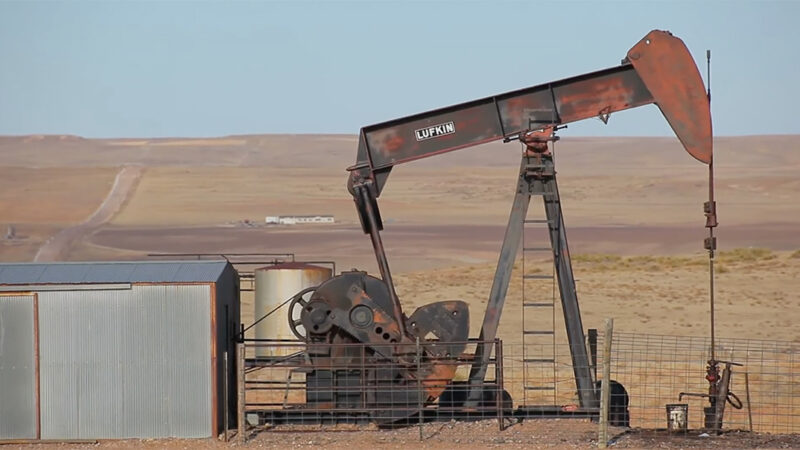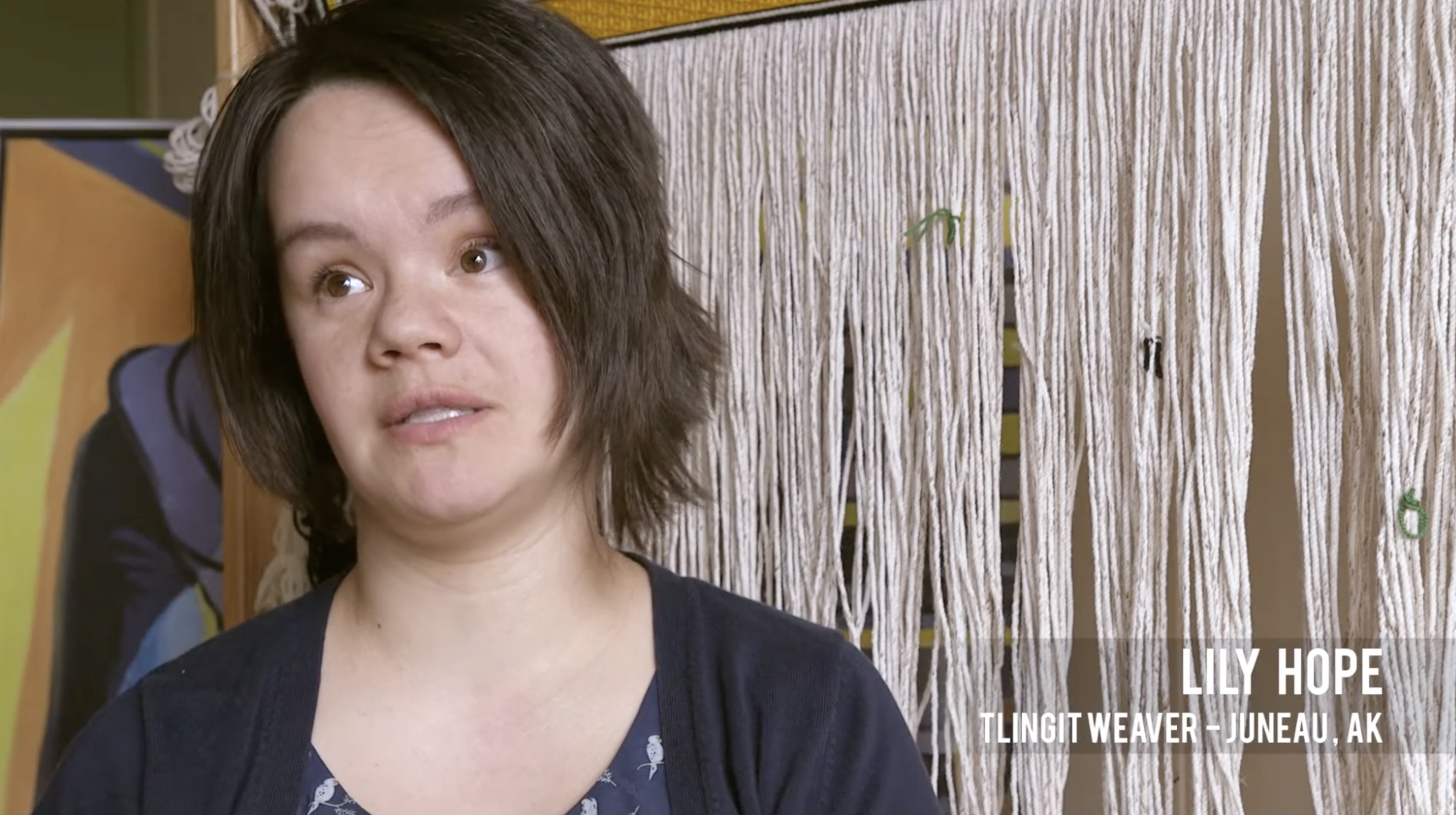Update
What a New Survey from Alaska Can Teach Us about Public Support for Basic Income
06. 28. 2017
The Permanent Fund Dividend is remarkable because it is a working model for a base income in the United States.

Findings from a Survey of Alaska Voters on the PFD
Visit link:In 1982, the Alaska Permanent Fund distributed its first dividend check of $1,000, unconditionally, to every resident of Alaska. The Permanent Fund dividend (PFD) was the brainchild of Republican Governor Jay Hammond, who believed that Alaskans should benefit from the massive profits oil companies were reaping from the state’s natural resources. The initial $900 million netted from surplus oil revenues is now $52.8 billion, and supports an annual dividend that has reached up to $2,072 per person or $8,288 for a family of four.
Admirers of the Permanent Fund point to it as an example of rare policy entrepreneurialism and political creativity. For over 35 years, the PFD has been regularly distributed in October to every adult and child who has lived in the state for at least one year. A report released in 2016 credits the PFDs for keeping 15,000–25,000 residents (2–3% of state’s population) above the poverty line annually since 1990, providing the greatest value to the most vulnerable — children, Alaska Natives, and rural residents.
The Permanent Fund Dividend is remarkable because it is a working model for a base income in the United States.
Universal basic income is increasingly capturing the imagination of a growing constituency — and engendering skeptics who believe it clashes with deeply held American cultural mores around work, deservedness, and social trust. The most common criticisms are that ‘free money’ will decrease labor participation, enable the lazy, and go to waste.
Rather than relying on conjecture, the Economic Security Project, supported by the Omidyar Network, commissioned a survey of 1,004 Alaskan voters (the most comprehensive review of public attitudes about the PFD since 1984) to gauge how they feel about the dividend check and understand its impact on their lives.
As recipients of a long-running base income, do they resent that the check goes to everyone, or do they see it as fair? How do they spend the check when it arrives in October? Does the reliability of this money influence major financial decisions, such as college or home ownership?
The answers to these questions have immediate political implications for proposed programs similar to Alaska’s model. In California, decision makers are considering SB775, a bill that would introduce a cap-and-dividend program, and in Washington, DC, a city-wide coalition of environmental and justice advocacy organizations, faith groups, unions, and D.C. businesses are advocating for a carbon fee and rebate program. At the federal level, the Climate Leadership Council has rallied leaders such as former U.S. Secretary of Labor George Schultz and former Treasury Secretary Lawrence Summers behind carbon dividends. All of these programs, like the PFD, would put unconditional cash in the pockets of Americans.
Topline? The experience of Alaskans yields important insights and challenges commonly held assumptions about unconditional cash and basic income.
79 percent of Alaskans say the PFD is an important source of income for people in their community, with 85 percent saying it helps the Alaskan economy and 81 percent saying it improves their quality of life.
Other key findings include:
- People use their payments productively: 72% of Alaskans report saving their PFD for essentials, emergencies, paying off debt, or for future activities like retirement or education. When they spend their PFD, it is heavily devoted to recurring expenses, like paying off bills. Fully 81% say that the PFDs helped improve their quality of life (versus just 1% harmed);
- Voters endorse the value of universality: 90% favor the PFDs going to everyone who is a full-time resident of Alaska, and 84% believe as owners of the Alaska Permanent Fund, Alaskan residents are entitled to an equal share;
- There’s no change in work output: Contrary to belief that cash transfers disincentivize work, just 1 percent of employed Alaskans believe that the PFD makes them work less; and
- Alaskans are willing to pay for it: 64 percent of respondents said they would rather raise state income taxes than end the PFD to fund government services, up from 29 percent in 1984.
Additionally, the research found that the PFD had an outsized impact on those most susceptible to economic instability. For Alaskans who say the changing economy has affected them a great deal, 50 percent indicate the PFD makes a major difference in their life, versus only 28 percent for those who have felt little or no impact from the changing economy. These results make comparable basic income programs even more compelling as low income and middle class families increasingly grapple with stagnating incomes. The study also found no major differences across the political spectrum of respondents.
As the most comprehensive survey of public attitudes on the PFD in decades, the results should go a long way to inform the debate and complement the rigorous experiments currently happening worldwide.
The findings here are just a snapshot. The Economic Security Project and Omidyar Network will continue to unpack the data and share observations on what it means for the conversation on how to provide economic security for Americans. What about the Alaska Permanent Fund’s model creates support for universality? How does it impact financial risk-taking across different family sizes? What do the changes in support for the PFD over the last thirty years mean for building political support for unconditional cash?
We also invite you to do the same.
You can find the executive memo and powerpoint here and here, and for those interested in diving deeper into the data, you can find the original questions here, crosstabs here, and raw data set here.
NOTE: The April 22 to May 2, 2017, telephone survey was conducted by Harstad Strategic Research and oversampled Alaskans who are often under sampled in surveys, including low-income Alaskans and Alaska Natives.
